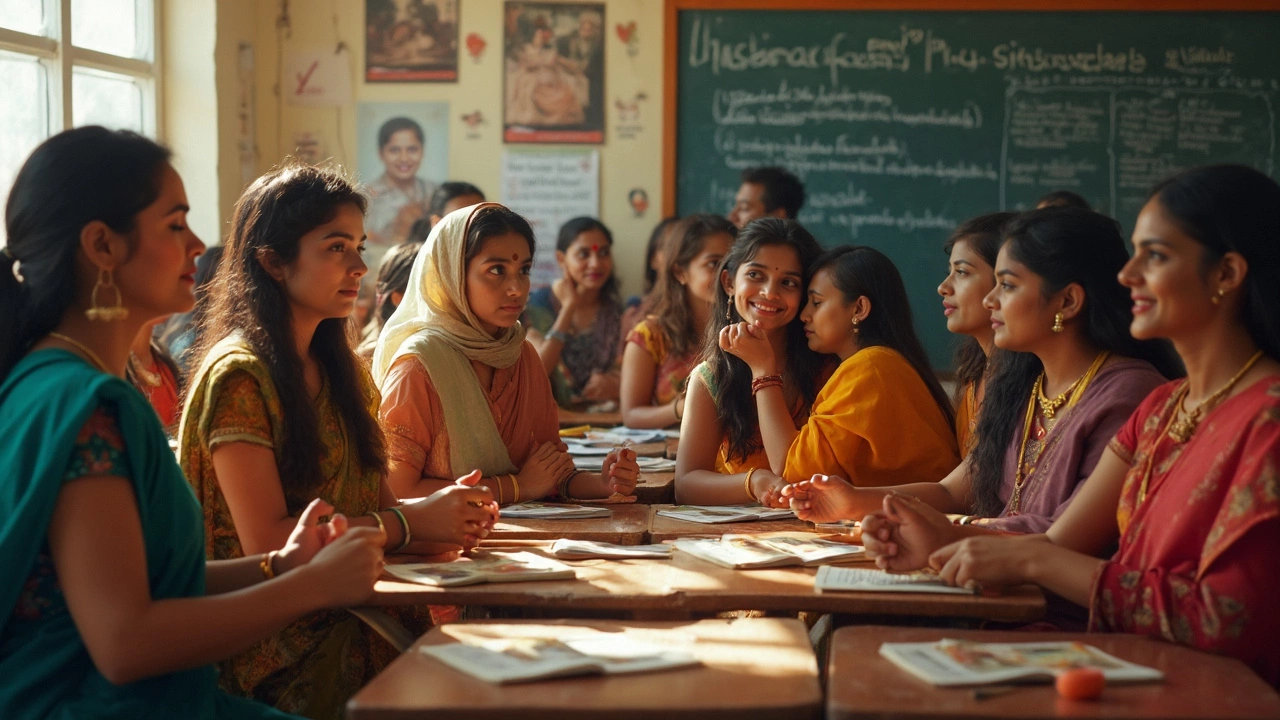History of Vocational Training in India: How Skills Built the Workforce
When we talk about vocational training, hands-on education that prepares people for specific trades or jobs, not academic degrees. Also known as skill-based education, it’s the backbone of how millions in India earn a living without a college diploma. This isn’t new. Long before universities became the norm, India’s economy ran on apprenticeships — potters teaching sons, weavers passing down loom techniques, blacksmiths training apprentices in village smithies. These weren’t just jobs. They were lifelines passed from one generation to the next.
What changed after independence? The government tried to systematize this. In the 1950s and 60s, industrialization pushed the need for trained workers — electricians, mechanics, tailors. Polytechnics and ITIs (Industrial Training Institutes) popped up across towns and cities. But the system was often disconnected from real industry needs. Many graduates couldn’t find jobs because what they learned didn’t match what factories or shops actually required. Fast forward to today, and the story is different. Now, private institutes like The Pathway Institute of Job Skills, along with government schemes like PMKVY, focus on job skills, practical abilities that directly lead to employment in sectors like digital marketing, plumbing, fashion design, and trade. Also known as employability skills, these are what employers actually pay for. You don’t need a degree to earn ₹40,000 a month as a certified digital marketer or a qualified electrician. You need proof you can do the work.
The shift from theory to practice is real. Today’s vocational training isn’t just about fixing pipes or stitching clothes. It’s about understanding customer service in retail, using software for inventory, reading blueprints, managing social media ads, or even running your own small business. The trade courses India, short-term, hands-on programs that lead directly to employment in skilled trades and technical roles. Also known as technical certifications, these are now the fastest route into high-demand jobs. Whether you’re 18 or 50, the path is clearer than ever: learn a skill, get certified, get hired. The history of vocational training in India isn’t just about old methods. It’s about how we’re finally getting it right — matching what people can do with what the economy needs.
Below, you’ll find real-world guides on what’s working now — from certificate jobs that pay well without a degree, to how to pick the right course after 40, to why your diploma needs to be recognized in India. These aren’t theory pieces. They’re action plans built on what’s happening in Indian workplaces today.

Who Advocated for Women to Go to School? The Real Champions Behind Women's Vocational Training
Ever wondered who fought for women to get an education and skills for real jobs? This article uncovers the passionate advocates who pushed for women to enter schools and training centers, and how their efforts rewrote the rules. We'll look at real stories, practical tips for today, and highlight where progress is still needed in vocational training for women. It's not all about famous names—grassroots heroes and everyday rebels played a huge role too. Expect to learn surprising facts and leave with ideas you can actually use.